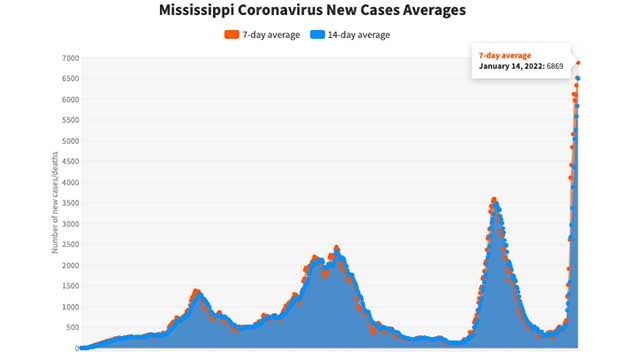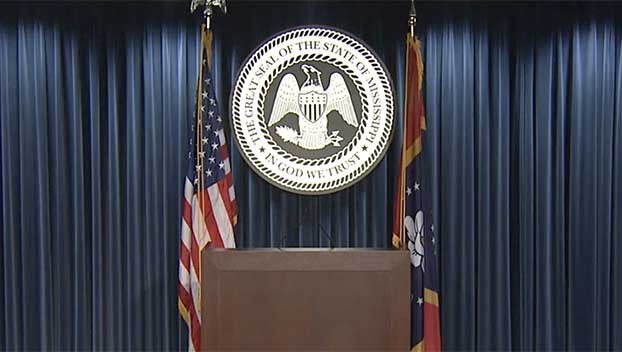Hanoi Hilton site where American POWs were tortured in Vietnam now serves up propaganda claiming it wasn’t that bad
Published 7:55 am Monday, January 29, 2018
Not so many years ago, Vietnam was pretty much at the bottom of the list of places I wanted to see. Uncle Sam was offering a free trip, but there were strings attached.
Still, times change. Situations evolve. And countries stop heaving ordnance at each other and become trading partners.
So it was that recently Kayne and I spent four days in Hanoi, a city that once was a byword for the enemy and attached to perceived traitors (see Fonda, Jane) but that now houses a United States Embassy and draws American tourists along with throngs of others.
It was an enjoyable visit (with one drawback I’ll get to later), and certainly educational. Among the things I learned: Hanoi traffic is pretty much a live-action Frogger Game for pedestrians; and it’s easy to be a millionaire there: one million dong, the national currency, is worth about 44 bucks.
I also learned of the country’s long history of struggle against hostile outsiders. One of the museums we went to had assorted displays of past conflicts, including an apparently significant river battle against the Chinese in 938.
Run-ins with or subservience to China continued for almost 1,000 more years, at which time the French stepped in and assumed the role of colonial bully.
 That French occupation, if you will, gave rise to one of our most enlightening sights in Hanoi: Hoa Lo Prison, dating from 1896. For decades, it was used by the French authorities to confine Vietnamese rebelling against their colonial rulers.
That French occupation, if you will, gave rise to one of our most enlightening sights in Hanoi: Hoa Lo Prison, dating from 1896. For decades, it was used by the French authorities to confine Vietnamese rebelling against their colonial rulers.
Confine and torture, as the Vietnamese tell it.
“Cruel persecution and hard life in the colonial prison killed thousands of Vietnamese patriots and revolutionaries,” a sign on one exhibit stated. The various displays – including foot shackles and other restraints, tiny death cells for the condemned, the oft-used guillotine – made it clear this was not a good place for a Vietnamese to be.
All in all it was easy to feel sympathy for the Vietnamese as a people, who apparently endured long, brutal hardships visited upon them by others.
Including, for a number of years, the United States. My opinion was then, and is now, that we had no business engaging in what amounted to a civil war in Southeast Asia.
But here’s that drawback I mentioned: This same prison used by the French was later used to house – and torture – captured Americans service members.
Perhaps you’ve heard it referred to, not fondly, as the Hanoi Hilton.
The Vietnamese today would have us believe that despite how badly the French had dealt with them in the prison, Americans were treated as “special guests.” Photographs show them playing basketball, volleyball, chess and pool; sitting around smiling; watching a film; tending to chickens that they kept.

John McCain’s flight suit and parachute, on display in the museum part of the Hoa Lo site (Wikimedia Commons)
A video makes it appear that, when finally released in early 1973, it was for the POWs like going home after an extended stay at some sort of Club Med, with new clothes and souvenirs provided.
It further asserts that most of the Americans came to repudiate the “war crimes” that they had committed, based on the “humane treatment” they received from their captors.
I think we Americans know what kind of treatment produced those “confessions” signed by people like John McCain.
So, by all means visit Vietnam. Appreciate a culture very different from ours. Broaden your culinary experiences. (I ate snails.) Forget to pack enough socks, spend 100,000 dong on new ones, and not even flinch.
But be advised: Though the war is over, the propaganda battle continues.





